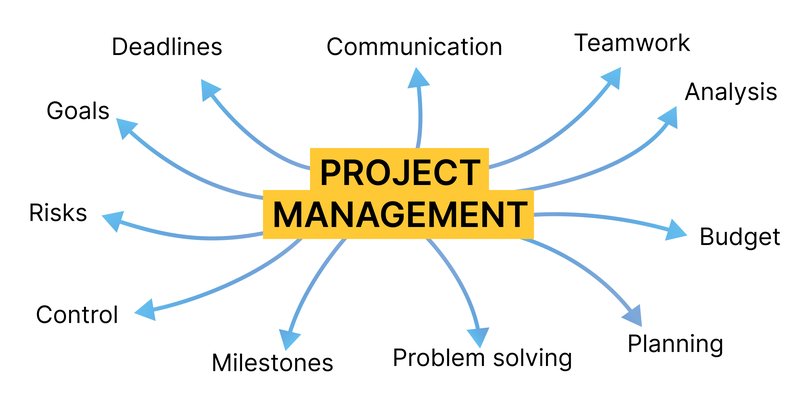On the importance of IT project management and large-team coordination

This is especially true when managing large-scale ecosystems involving multiple projects and over 40 engineers. At such a scale, effective software development project management requires not only technical structure but also strong coordination, aligned processes, and a deep understanding of people management.
The foundation: Core project manager responsibilities
Planning and organization
Project managers define scope, timeline, resources, and deliverables; distribute tasks, set priorities, and monitor progress. This provides structure and transparency, giving teams a clear roadmap, crucial in fast-paced environments with shifting requirements.
Risk management and problem-solving
During a product development lifecycle, teams often face technical uncertainties, integration issues, and evolving requirements. PMs anticipate and reduce risks early through mitigation plans and quick response. Managing task dependencies and fostering strong team communication helps avoid mistakes that cost time and money.
Team coordination, pace, and motivation
From developers to designers and QAs, project managers ensure team members collaborate effectively. They remove blockers, gather feedback, and foster a positive team environment. As teams grow, practices like splitting daily stand-ups by discipline (e.g., frontend/backend) help maintain clarity and engagement.

Stakeholder communication
Acting as a bridge between technical teams and business stakeholders, PMs ensure expectations are aligned and feedback is processed. Regular updates keep everyone on the same page and working toward shared goals.
Time and budget control, priority management
Project managers track progress, adjust plans when needed, and keep the project within scope and budget. Proper workload distribution and resource management help avoid delays and overruns.
Focus on goals and results
PMs align development with the product vision and business objectives, ensuring focus on outcomes, not just output.
Quality assurance and delivery
Project management frameworks (e.g., Agile, Scrum, Kanban) bring regular reviews and checkpoints. PMs help ensure quality through iterative development and adaptability.
Managing large engineering teams: Our scalable approach
As companies scale, managing large engineering teams becomes a challenge. Our ecosystem includes a main product and several subprojects, each with its tech lead and ideally its PM, overseen by a Head of the PM Department. To manage this complexity, we’ve adopted scalable agile frameworks such as Scrum of Scrumsand LeSS.
1. Structuring large teams
With large teams, traditional stand-ups become inefficient. We split them by function (Frontend Dailies, Backend Dailies) and follow up with a quick "Daily after Daily" sync between PMs to catch cross-project dependencies and blockers. Depending on project complexity, we also organize development streams and use lead-level coordination—aligning with Scrum of Scrums.
2. Cross-project planning
A centralized planning board tracks team requests, technical dependencies, and resource overlaps. Regular reviews clarify ownership, align timelines, and mitigate risk. Weekly syncs between Tech Leads, often led by the System Architect, help avoid redundancy and keep teams aligned.
3. One ecosystem, one process
We’ve unified our tooling, sprint rituals, Jira workflows, and documentation standards across projects. This simplifies onboarding and engineer reallocation, ensuring consistent quality and productivity.
4. Blended frameworks: Scrum of Scrums + LeSS framework
Each team runs its own Scrum rituals, with layered coordination to discuss inter-team blockers. Where applicable, we use unified backlogs for related projects, encourage transparency, and avoid bottlenecks by keeping decisions decentralized.
5. Human-centric practices
Beyond frameworks, success comes from people. We hold daily check-ins between PMs and leadership, weekly Tech Lead syncs, shared retrospectives, and lessons-learned sessions. These foster collaboration, alignment, and continuous improvement.
Conclusion
Project management brings structure, discipline, and adaptability to IT product development. When scaled properly—with unified practices, clear planning, and a human-centered approach—it enables large teams to remain agile, aligned, and productive.
Ultimately, scaling isn’t about adding people; it’s about adding clarity and structure. Without project management, high-quality, timely product development in complex IT environments would be nearly impossible.